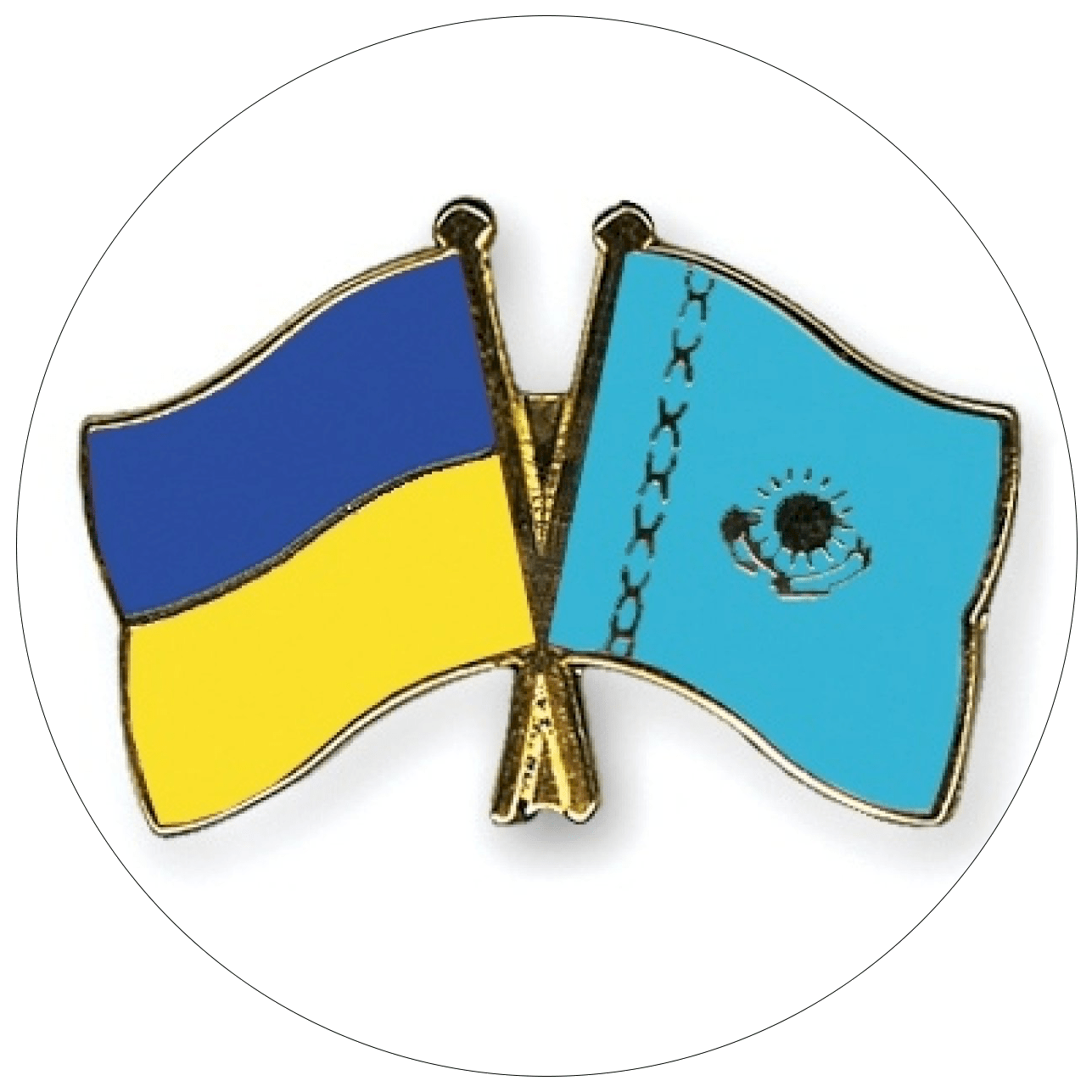CMAR works at full caracity
Three years have passed since the creation of the Center for Marketing Analytical Research JSC. During this time, nearly 50 research and analysis projects have been conducted, for both state agencies and the private sector.
Nurlan Kusainov, the representative of the board of CMAR
Among the most significant are:
The Regional Financial Central in Almaty city
We have designed a model for the international financial center in Almaty city, which will render international standard financial services including for nearby countries. At present, the stock market in Kazakhstan is nearly non-liquid and the main goal that the Financial Center should accomplish is the creation of a capacious and liquid national stock market. The market will contribute to the diversification of the financial inflows into the country, strengthen the competitive advantages of the state in the regional financial sector and expand the investment potential of the national economies.
CMAR JSC implemented this project along with the Boston Consulting Group (BCG) – a world leader in rendering consulting services in the area of developing financial systems.
The following results were achieved at the end:
• The structure of the new financial center, integrated into the existing financial system of Kazakhstan was developed;
• Principal members and instruments of the financial center were determined;
• Expense analysis for required investments was made;
• The potential volume of the security issue in the RFCA was evaluated;
• Tax preferences, incentives and privileges required for the attraction of quality issuers and investors into the center were defined;
The documents were sent to the government for its consideration, and the draft laws that were developed were reviewed and adopted by the Parliament.
On June 5, 2006, the president signed a draft law on the RFCA and corresponding draft legislation entitled, On the introduction of amendments to certain legislation on the creation of the RFCA.
Kazakhstan’s joining the Eurobond market will increase the flow of capital into the country, and decrease interest rates for bank loans. As should be the case, financial instruments will become more accessible for small and medium-sized businesses, as an alternative to bank loans. Also, medium and small-sized investors and physical entities will obtain the opportunity to work with securities; and the local security market will become more attractive for national and foreign issuers.
According to the more pessimistic forecasts, the annual volume of the bonds issue will be nearly $3 billion by 2010 (as per optimistic predictions — $4.3 billion)1. Somewhat like a public agency, it is not planned that the RFCA will pay taxes. It is possible to earn income from collections (made by the RFCA) and registration and other sources in the amount of $64.8 million by 2015. Tax earnings from registered members of the RFCA are not an end in itself, and as a result, brokerage and dealership organizations are completely exempt from paying corporate income tax (CIT) and VAT is not imposed on security operations. A growth in tax earnings is forecasted from organizations rendering concomitant services (law, notary, auditing, and rating companies) which are not exempt from paying CIT and VAT payments. An indirect effect is also expected from developing the RFCA service sectors, such as restaurants, beauty salons and others.
The implementation of this project will allow for creating up to 100 jobs in the RFCA in the brokerage, auditing and law firms and in the service sector — up to 3,500 positions. This will provide an impetus for new investment opportunities, and contribute toward the creation and development of Kazakhstani industry.
Kazakhstan Cluster Initiative
The work on the project was done together with an American consulting company — J.E. Austin Associates, Inc. as well as Michael Porter, the creator of a theory on the competitive advantages of nations. 7 pilot clusters were outlined as part of the project, including tourism, textiles, the food industry, construction materials, transportation and logistics, oil gas machine-building and metallurgy.
Substantial results are expected from the realization of the project in 2014. The structure of the GDP will change favor of light industry, for example, the share of the textile industry as a percentage of GDP will increase by 5 times (from 0.36% in 2004 to 1.76% in 2014) and will total $2.5 billion, and the share occupied by the clothing industry will grow from 0.063% to 0.76%.
The increase in final high-value-added products will increase with domestic consumption, which will lead to a reduction in imports. Thus, according to the evaluation of experts, the cluster initiative will allow for increasing the volume of the consumption of national construction materials up to 50%, in addition the import of construction materials will decrease by $120-170 million.
The cluster initiative is aimed at increasing non-hydrocarbon exports, for example, a reduction in cotton felt exports is planned by 50%, and thereby, the volume of exports of textile and clothing products will rise. During the development of the oil and gas machine-building cluster, non-petroleum exports will increase from $10 million up to $18 million (from 1.47% to 2.5%). Also, a 9 times increase in the export of dairy goods is planned and the export of fruits and vegetables is planned to rise to 50% as compared to 5% in 2005.
The number of workers employed in these industries will grow by 50%, for example, in the oil and gas machine-building sector; nearly 30,500 new jobs are planed. This will reduce unemployment substantially and increase the living standards for the general population. The need for qualified specialists will provide incentive for people to advance their level of education.
Expected investments are from $30 million to $550 million for each cluster.
The development of a business plan for the creation of state asset management holding company
This project is being conducted together with McKinsey & Company, which ranks first for consulting companies worldwide. CMAR is responsible for coordinating and monitoring the project and for rendering organizational, technical, information and analytical support. As part of this project, a concept for the creation of the state holding company was prepared, and on January 28th, 2006, a related presidential decree was issued. The decree was entitled, On measures for meeting the interests of the state in the management of the state sector of the economy, in accordance with which, the Samruk State Holding Company was created.
State companies have an immense impact on the economy of Kazakhstan, for example, it is enough to say that the 12 large national companies of Kazakhstan produce 8% of GDP and provide nearly 4%4 of its total employment. The creation of the state assets management holding will advance the efficiency of state companies through providing professional corporate management. This in turn will increase the development of the national economy as a whole. The effectiveness of decision-making will also improve, as key goals and takes will be dealt with by the state holding rather than the ministries.
After becoming more efficient, the state companies will increase their production capacity and the effectiveness of companies in all sectors. They will contribute to a diversification of the economy and decrease its dependence on the oil and gas industry and stimulate the economic development of remote regions. The state companies will increase the international competitiveness of the Kazakhstani economy, and particularly, direct investment will grow.
An evaluation of the most promising areas for the development of a petrochemical industry
This project was conducted together with a company known worldwide — Nexant Chem Systems. As part of this project, the necessity was demonstrated for the modernization and expansion of the existing petrochemical industries, as well as the creation of new industrial capacities in the Atyrau Oblast. A traffic development map for the petrochemical industry was proposed based on a calculation of forecasted economic, market and financial indicators. The forecasted cumulative capital expenses were approximately $7 billion and the implementation of the petrochemical strategy will require tremendous investments for the following 15 years -of nearly $0.5 billion annually.
As a result of the implementation of this project, the creation of a Free Economic Zone called, The National Industrial Petrochemical Techno Park in the Atyrau Oblast, is planned. Specifically, 8 to 10 petrochemical plants will be launched according to the traffic development map for the petrochemical industry in Kazakhstan.
Thanks to the development of sector-related scientific research, an opportunity exists to commercialize scientific designs and prototypes in the petrochemical field. Highly-qualified specialists will be trained to work in the petrochemical sector. The expected labor demand is 3,000 persons for direct employment in this sector, and another 3,000 will be employed in related areas, in addition to another 5,000 indirect jobs, such as services.
Oil and gas companies that are operating in Kazakhstan will also have an incentive to process oil and gas. Large-scale industries for the production of high-quality plastic goods will be created, and the food industry and construction sectors will be advanced.
Thanks to the import replacement scheme, the prices for natural petrochemical goods will drop by nearly 20%. This will lead to an increase of economic activity by 2-3% as a part of the total GDP and will also change the structure of the GDP.
It is expected that as a result of the project implementation, investments will total nearly $7 billion. Income from project realization will be nearly $1 billion per year.
These projects are of national importance and are aimed at a diversification and advancement of competitiveness of the national economy. They will undoubtedly have a strong and positive impact on the socio-economic state of Kazakhstan as a whole, as well as on the individual citizen. However, the projects under consideration are only one part of the work being conducted by the center since the time of its existence. Dozens of quality projects are being realized and brought into practical application.

 Поддержать
Поддержать
 Smart
Smart  Бизнес
Бизнес  Культурная среда
Культурная среда  Общество
Общество  Политика
Политика  "Законы XII таблиц"
"Законы XII таблиц"  Досье и мифы
Досье и мифы  Асар в Украине
Асар в Украине 


Комментариев пока нет